BMW Art Guide by Independent Collectors
Seth Stolbun
The Stolbun Collection – Houston, USA

How important is having the title of “collector” to you?
The title isn’t important. The word has a lot of connotations that I don’t necessarily think have a lot of value any more, so I find it restrictive and I would say it’s a designation I avoid.
Does your collection follow a specific theme or particular artists?
I like to think of collecting as its own kind of creative practice. Officially, “The Stolbun Collection LLC” is an entity that owns only two artworks. Instead, it’s a conceptual and legal entity, the main purpose of which is to limit my personal financial liability. This allows me to take more risks through the LLC, while protecting the many artworks I personally own. The Stolbun Collection (TSC) is a very intentional misnomer that’s also a nod to institutional critique. Traditional institutional critique, often associated with conceptual and performance work from the 60’s and 70’s, seems to have lost some of its potency today since most art institutions invite critical works to show that they’re self-aware and responsive to artistic climate around them. Because of this I felt that with TSC I could become an “institution” and use it as the platform for what I want to critique and what I want to see.
With that in mind, while history is very important, I focus on artists that are my “peers” which I loosely define at about ten years, plus or minus, my age. Many of which directly engage with questions around the role of art institutions and systems of production and distribution can function today.


Do you have a personal relationship with the artists you collect?
I almost exclusively acquire work from artists that I have a personal relationship with. I’m not interested in making an acquisition of work from an artist I have not met and do not personally believe in. Most importantly I want to be able to have a long lasting relationship with them, especially at my relatively young age of 30. I want to help them build their career.
I also want to help bring artists together through my collection. One such example of this is Thomas Huston’s “Standard Moving Blankets for The Stolbun Collection.” Basically, Huston wrapped other artists’ works from my collection, creating what he called “temporary sculptures” that would only continue to exist in the photo documentation of the project. In the process of creating the two final wrapped works in the series, one a fragile glass piece by David Horvitz located in Los Angeles and the other a geocached work of art hidden in Central Park by Brad Troemel, Huston had the opportunity to meet and work with Horvitz and Troemel—two artists who were slightly his senior and whose practices he greatly admired. It was an unexpected added bonus to facilitate this collaboration between three artists I respect.
I think a lot of my collecting practice revolves around helping artists to do something they might not otherwise be able to by virtue of just having a more personal relationship with them. For instance, I had a studio apartment in New York’s Lower East Side that I wasn’t occupying, so I created an impromptu “artist residency” for my good friend and painter HyeGyeong Choi. It resulted in her solo show, "Invasion of Privacy", in which she took over the the apartment to make an immersive installation of her work, something she might not have had the leeway to do in a typical gallery show.
I host another annual residency, too, in Aspen, where I invite artists, writers and curators to work from my house there for a week to ten days. Andrew Norman Wilson’s latest project developed as a result of his participation in the residency I held last April; the video work, “Kodak,” premiered this past fall at Krieg in Hasselt, Belgium, and at the New York Film Festival. It will also be shown at the 2019 International Film Festival Rotterdam and in an solo exhibition Kunstverein Braunschweig. Having events like this residency gives me the opportunity to really strengthen existing relationships and always seems to surprise me with new and exciting opportunities. I plan to hold my next Aspen residency in early 2019.
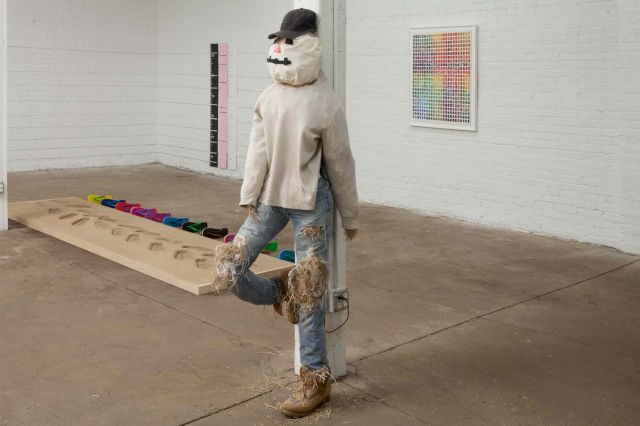
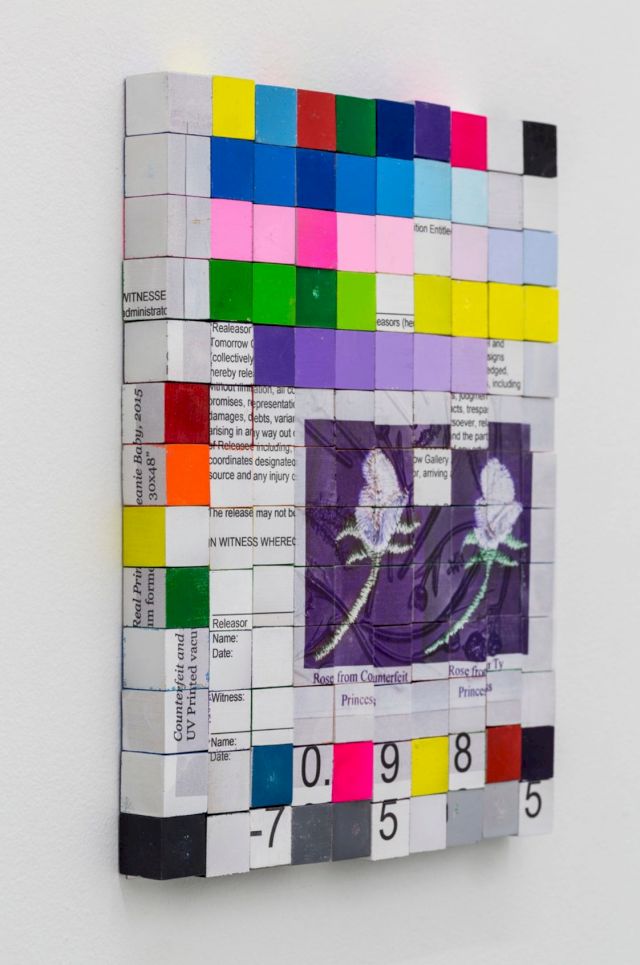
Is there an artwork that you love but can’t live with due to size, medium, or value?
For me, the more relevant and challenging question is thinking about how you live with a work that does not necessarily have a physical form. It may be digital, atemporal, performance, video, idea-based—the list goes on. You could hypothetically make a physical place for them them but they aren’t necessarily intended to function as traditional art objects to simply sit in a fixed place and be admired, so maybe you shouldn’t even have that concern.
One work that in my collection that underscores this for me is Julia Weist and Nestor Sire’s "Hulk_Paquete_HD.mp4" (2018). The work is a video capture of Julia talking with actor Mark Ruffalo over Skype about how he uses the internet. On its own and out of context, the video is pretty mundane—the only remarkable thing about it perhaps is that Mark is a celebrity. But when considered as a part of Julia and Nestor’s research and 2017 exhibition "17.(SEPT) [By WeistSiréPC]™" at the Queens Museum in New York, this video serves to further their investigation and infiltration into Cuba’s system of media (and information) distribution known as "El Paquete", essentially an offline network in a country with very little access to the internet as we know it. The work was placed in an edition of "El Paquete" as a tool of educating Cubans about the possibilities of the internet.
In your opinion, what mistakes do young collectors commonly make? And what mistakes did you make when first starting on your collecting journey?
I’m going to formulate this response in relationship to “young” as in new and not focus on mistakes, but rather one core piece of advice. Do the work for yourself; take the time to go to as many galleries and art institutions as you can, meet as many artists and curators and critics as you can, educate yourself, read and learn as much as you can.
My one caveat is that I’m very skeptical of art fairs as a place to do any of what I just recommended and I have been on what I call an “art fair sabbatical” since March 2017 after William Powhida’s "After the Contemporary" debuted at the Aldrich Museum in Ridgefield, CT. I really value Powhida’s work for the incisive critique it often levies on the commercial art world, which is embodied in the art fair platform. I worked closed the artist on that show and it may represent the most substantial amount of work I have put into a single project to date. Thomas Micchelli’s reviewed the show in "Hyperallergic", and I think what he says about Powhida’s work is not only why I liked working on the show but also gets at the heart of my distaste for fairs. Micchelli writes: “[It is a] multilayered, impudent, lacerating exhibition that pricks pretense and self-delusion on every level, from mega-rich collectors fancying themselves pillars of civilization to politically committed artists rationalizing their aspirations to the high-end gallery system.”
After working so closely on this show with Powhida, it was painfully clear the art fair was not the place to have an uncompromised art experience because these events, which are essentially just trade fairs, facilitate both the delusion of collectors and artists alike.
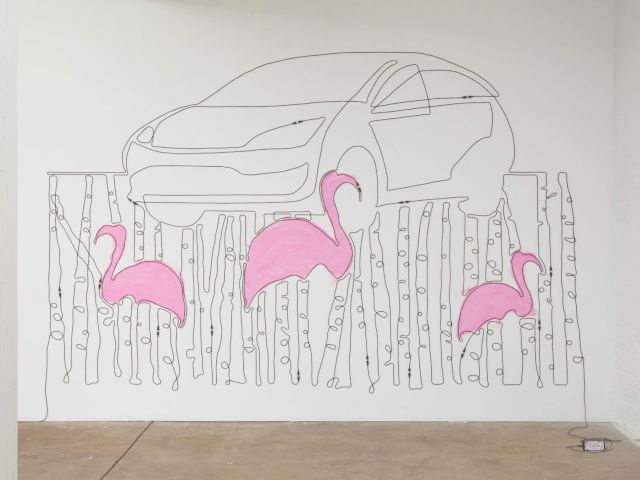

What has the reaction been like from visitors of your collection since making it publicly accessible? Does this reaction impact you and what you collect?
I’ve never had a permanent space. I’d say I take a much more “opportunity-based” approach. I’ve had temporary project spaces and exhibitions in Aspen, Chicago and New York and help facilitate exhibitions in some galleries and art institutions that I want to support. I hope what I do, whether in a project space or an art institution, furthers an artist’s, curator’s, writer’s or critic’s practice first and foremost.
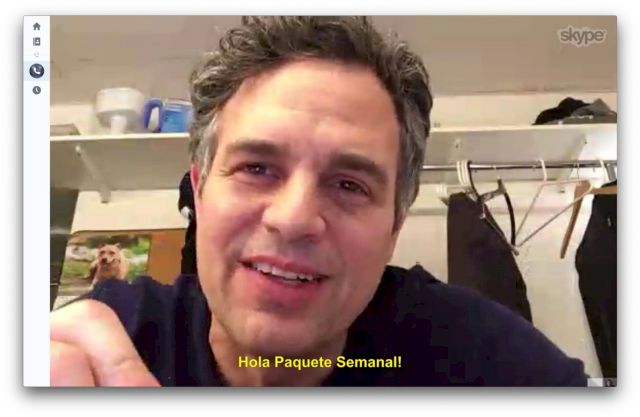
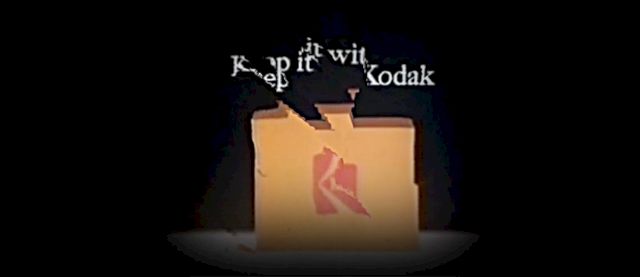

How has the attitude to collecting changed since you began?
I have learned so much. I’ve had the opportunity to see through so much of the opacity of the art world, and I have met so many people that I can now call friends. I had no idea when I began that any of this would have been possible. While I’m really not concerned with my personal accumulation of art objects, I am concerned about continuing to find ways to play a small role in supporting artists, curators, writers, or critics. Ultimately I hope some of this work finds its way into the art historical canon.
Which publicly accessible private collection would you recommend visiting?
The Menil Collection, and I’d even go so far as to suggest reading Double Vision: The Unerring Eye of Art World Avatars Dominique and John de Menil by William Middleton.
All images courtesy the Stolbun Collection, Houston, USA
More Information on Stolbun Collection